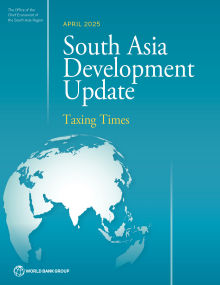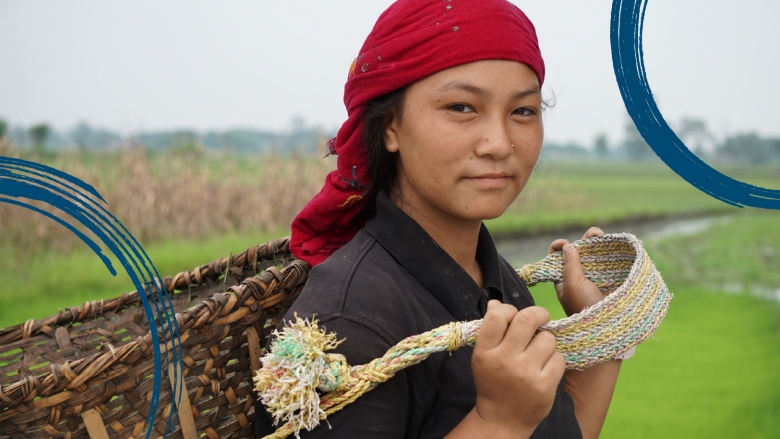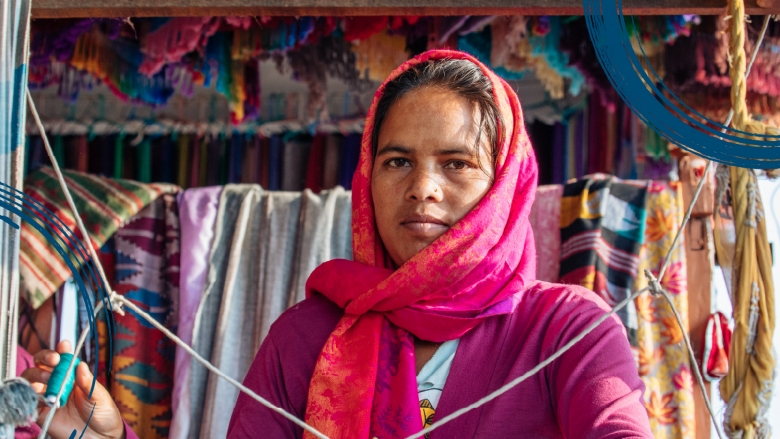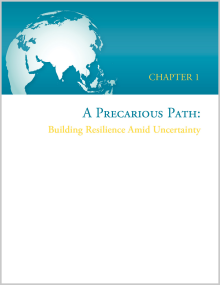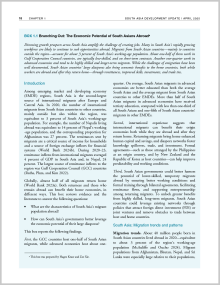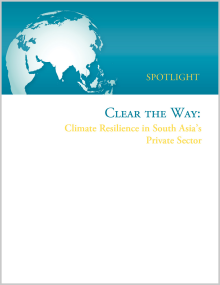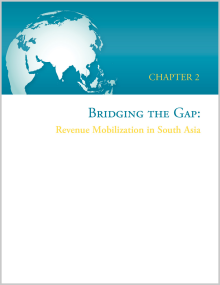The World Bank’s latest economic outlook explores growth prospects for South Asia and provides analysis on how the region can benefit from the green energy transition.
Main Messages
Charts & Data
Output growth
After a disappointing 2024, growth in South Asia is forecast to slow further in 2025. Growth forecasts in the region have been downgraded.
Source: World Bank Macro Poverty Outlook (database); World Bank.
Note: SAR = South Asia; IND = India; EMDEs = emerging and developing economies. Real GDP-weighted average year-on-year real GDP growth rates for 8 South Asian economies and 139 other EMDEs. October 2024 forecasts exclude Afghanistan.
Foreign currency-denominated government debt
Many countries in the region are vulnerable to financial stress due to high debt, limited foreign exchange reserves, and high shares of foreign currency-denominated debt.
Source: Kose, M. Ayhan, Sergio Kurlat, Franziska Ohnsorge, and Naotaka Sugawara (2022); IMF Staff Country Reports 2024.
Note: FG = Afghanistan. BGD = Bangladesh. BTN =Bhutan. IND = India. LKA = Sri Lanka. MDV = Maldives. NPL = Nepal. PAK = Pakistan. EMDE = emerging market and developing economy. For India, proxied by nonresident held debt. EMDEs include 39 economies.
General government revenues
In all South Asian countries other than Maldives, government revenue-to-GDP ratios excluding grants are well below the average among EMDEs.
Sources: UNU-WIDER; World Bank Fiscal Survey (database); World Bank.
Note: AFG = Afghanistan. BGD = Bangladesh. BTN =Bhutan. IND = India. LKA = Sri Lanka. MDV = Maldives. NPL = Nepal. PAK = Pakistan. EMDE = emerging market and developing economy. Total revenue shown in dark blue bar and for EMDE excludes grants. EMDE is nominal GDP-weighted average of 140 EMDEs.
Share of climate damage reduced by autonomous adaptation
Market-driven autonomous adaptation could reduce the negative impact of rising global temperatures on South Asia's output in 2050 by about one-third.
Source: World Bank.
Note: EMDE = emerging market and developing economy; SAR = South Asia. GDP-weighted (at 2010–19 average prices and market exchange rates) averages. Share of climate damages remaining after accounting for direct and indirect effects (including those transmitted through sectoral interlinkages) and autonomous adaptation.
Blogs
Events
-
Center for Global Development Apr 29, 2025
-
CO-HOSTED BY SANEM AND CSEP Apr 30, 2025
-
World Bank Live May 06, 2025
Previous Editions


